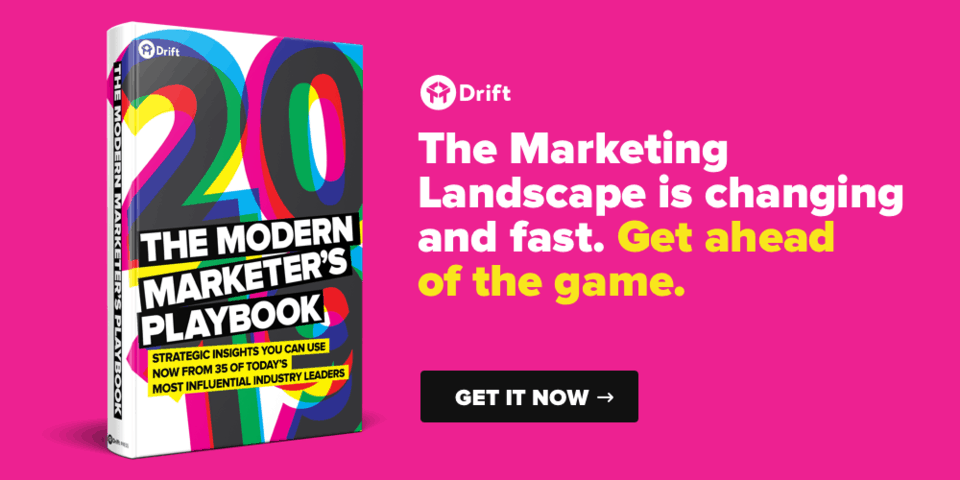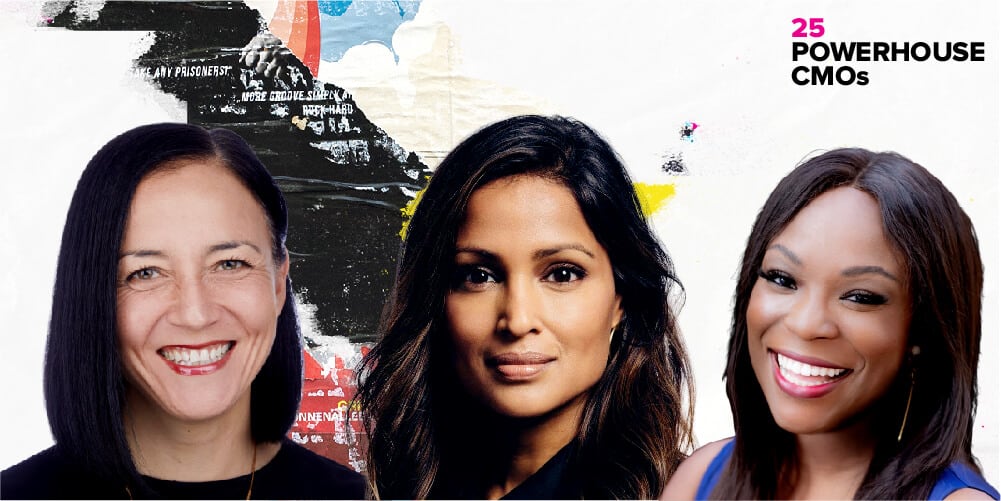
The Trends:
“It’s the most difficult to get right.”
That’s the response Kevin Akeroyd, the CEO of Cision, gave in an interview when asked to describe the most difficult position to hire for in the C-Suite.
The role? Chief Marketing Officer (CMO).
He continues:
“…because the scope of marketing is so great and what CMOs are chartered to do is so broad, you need a well-rounded athlete who can lead, recruit, train, and develop.”
Looking at the latest headlines, Akeryod is definitely onto something.
Just this year The Wall Street Journal reported that the average tenure of a CMO slipped from 44 months to 43 months since 2017. As a result, the CMO is now the shortest tenured C-Suite leader across all industries.
Looking deeper into the data, it’s clear this short tenure is largely driven by the same trends shaping marketing strategies across the globe:
Technologies that make it easier to target and retain customers put added pressure on marketing leaders to deliver growth at an accelerated pace.
Marketing leaders, now more than ever before, must stay on top of the latest trends driving growth in their industries.
Luckily, organizations like The CMO Survey have become an authority in tracking these market shifts. A partnership between Deloitte, the American Marketing Association and Duke University, The CMO Survey collects and reports on trends and opinions from top marketing leaders.
Below, we dive into the three high priority trends pulled from their most recent report, along with steps for incorporating these findings into your 2020 marketing playbook.
1) Deliver a Superior Customer Experience
If there’s one insight to take away from this year’s CMO Survey, it’s this: Today’s CMO must be a customer experience leader.
In an article from Forbes, marketing leaders echoed their increased involvement in shaping an organization’s CX:
“[The] CMO plays a critical role in shaping the customer experience because it is part of the brand-building process. At large companies, such as Verizon, almost every part of the business touches on the customer experience. The Chief Customer Experience Officer role in my organization partners with all the key stakeholders across the company to ensure a unified experience across the mobile app, website, and retail stores. Getting the brand and customer experience right is truly a team effort across the board.” – Diego Scotti, CMO, Verizon
By 2020, executives expect customers to place a greater significance on excellent service (up 28% from the previous report), and a lower priority on price (down 17% from the previous report).
Similar research from companies like Verint has reinforced the role CX will play in distinguishing brands from their competitors. In a Verint survey of 34,000 consumers, 83% of customers said CX takes priority when selecting a service or product.
Given this pressure to differentiate experiences, according to the CMO Survey, one key area CMOs are focusing their energy on in 2020 is “managing, measuring and streamlining the customer experience.”
Unfortunately, few marketing leaders found their company’s current customer experience initiatives up to snuff, saying their CX was:
- Not Competitive: A majority of marketing executives said their CX was below-average compared to their competitors.
- Not Measurable: Executives were not confident in their company’s ability to measure consumer sentiment, behavior, and perception.
- Not Streamlined: Marketing leaders find it increasingly difficult to integrate touchpoints and coordinate organizational units seamlessly across the customer journey.
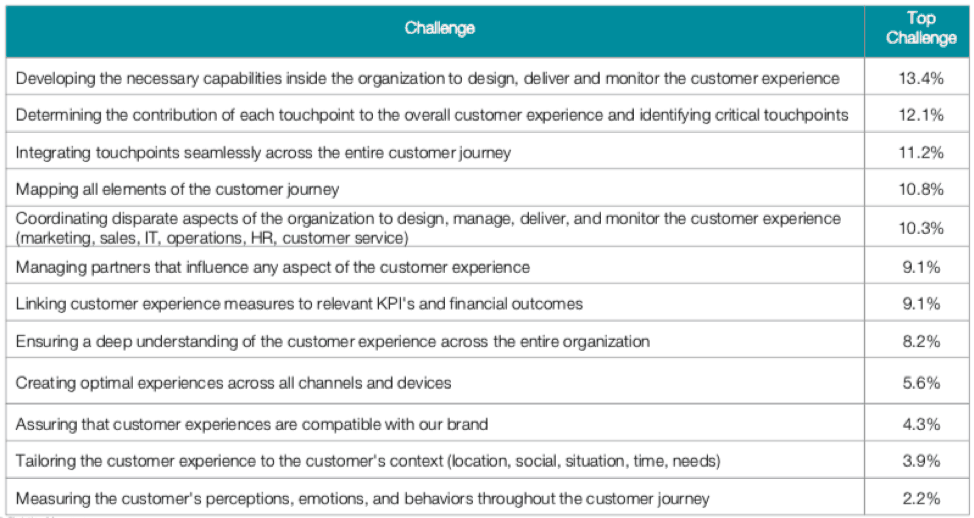
Marketing leaders should focus on creating a frictionless experience across the customer journey by:
- Investing in technologies and practices that monitor the customer experience
- Reducing complexity and adding personalization within and between touchpoints in the customer journey
One way marketers can better position themselves for success is by investing in conversational marketing. Not only does conversational marketing reduce the number of touchpoints in the buyer’s journey, but it also encourages companies to pivot from a product-centric marketing strategy to a customer-centric one.
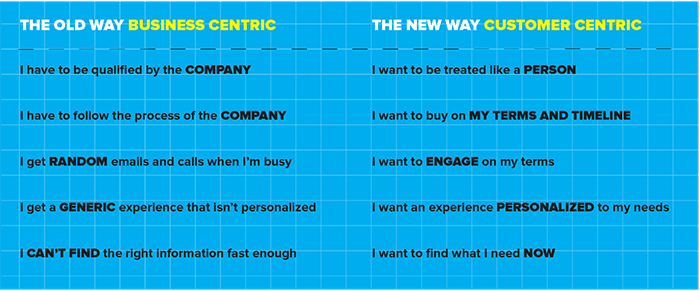
Ready to get started with conversational marketing? Learn more here.
2) Focus on Digital Transformation
Creating a streamlined customer experience can’t happen through methodology alone. You need the tools to scale. That’s why CMOs are onboarding new technologies to transform the buyer’s journey and scale internal processes.
Digital transformation, as defined by Salesforce, is the process of using new technologies to create or optimize internal business processes and customer experiences to improve market position and meet business needs.
As Salesforce founder Marc Benioff explains, digital transformation and the customer experience are also deeply intertwined:
“Every digital transformation is going to begin and end with the customer, and I can see that in the minds of every CEO I talk to.” –
Marc Benioff, Founder of Salesforce
Companies like RapidMiner have found that investing in emerging technologies, like AI and chat, can dramatically impact their customer experience – and bottom line.
In 2017, RapidMiner’s former CMO Tom Wentworth became one of the first Drift customers to participate in the “No Forms” movement. This movement challenged companies to rethink how they interact with their current and future customers. During this time, RapidMiner ripped the forms off their website and replaced them with intelligent chatbots.
Check out the full RapidMiner story in the video below.
Not only has this approach helped RapidMiner generate additional pipeline, it’s also improved RapidMiner’s customer experience across touchpoints. Today, RapidMiner’s Driftbot carries out thousands of chats per month, resolving about two-thirds of customer questions before any human intervention.
Like RapidMiner, other marketing organizations are using digital transformation to overhaul their experiences. CMO Survey respondents project that over the next three years alone marketing spend in customer analytics will increase by 61%.
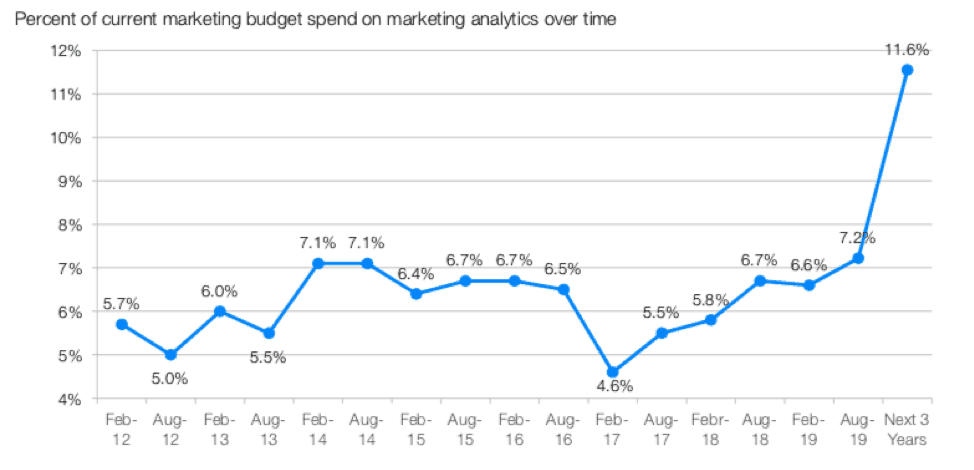
This investment in consumer analytics brings to mind the first CMO priority mentioned earlier in this post: delivering superior customer experiences. As marketing leaders look to differentiate based on experiences, they will need greater insight into the motivations, expectations, and needs of their customer base.
Outside of investing in technologies that measure and improve customer experiences, next-gen marketing teams should also look to onboard tech that can anticipate behaviors and automate follow-up with buyers and customers.
3) Go Beyond the Present with Future Planning
Planning for the future is difficult – especially when you’re trying to put out today’s fires.
Marketing efforts, despite growing budgets and teams, are stagnating because of an inability to effectively plan for the future. This inability is often driven by marketing reacting to present situations as opposed to planning for future initiatives. For many teams, it’s a struggle to plan even three months ahead.
More than half of marketing executives (68%) in the CMO Survey said they were primarily focused on managing present campaigns vs. focusing on future projects.
Given the pivotal role marketing plays in driving brand innovation, it’s easy to see why marketing executives are looking to improve this gap in their organizations.
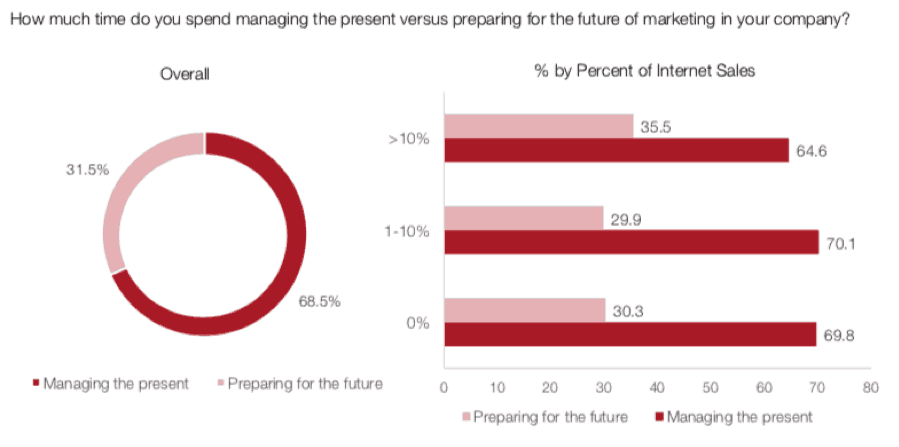
Looking at the graph above is an important reminder that many marketers are facing similar issues when it comes to strategizing. That should only reinforce your resolve to get ahead of any bandwidth issues: it’s a competitive advantage.
To help in that area, tackle bandwidth issues head-on by:
- Automating current marketing and sales channels
For CMOs, this automation should focus on critical conversion junctures in the buyer’s journey. For example, the BDR qualification process. Automating aspects of the BDR process can better align marketing campaigns with sales outreach. While this is just the tip of the marketing automation iceberg, it’s an ideal place to start if you’re looking to prioritize automation.
- Building a multi-skilled workforce or outsourcing talent needs
Lack of bandwidth is a consistent roadblock when it comes to future planning. In response to this trend, a new generation of marketers have emerged specializing in multiple skill sets. Marketing leaders should encourage this trend towards continued learning in the form of certifications and online courses.
Outside of training internal teams, the CMO Survey reports that agency partnerships are also on the rise in marketing, whereas hiring for new skills has decreased. Leaders should look to strike the right balance between training a multi-functional team and supporting them with the necessary outsourcing to meet project demands.
Marketing can often feel like pushing a boulder up a never-ending hill. So, some of the best advice you can follow as a leader is always “work smarter, not harder.” The best way to plan for the future is to properly adjust and scale for the present.
Final Thoughts…
There are three key areas marketing executives are looking to tackle in 2020:
- Customer-centricity: Measure and improve the customer experience
- Touchpoint optimization: Optimize and streamline the customer journey
- And improved scaling: Automate and outsource efforts to manage bandwidth and plan for the future
Bringing these elements into your marketing strategy can only strengthen your team and customer relationships moving forward. If they’re not part of your 2020 game plan moving forward, you’re already behind.




